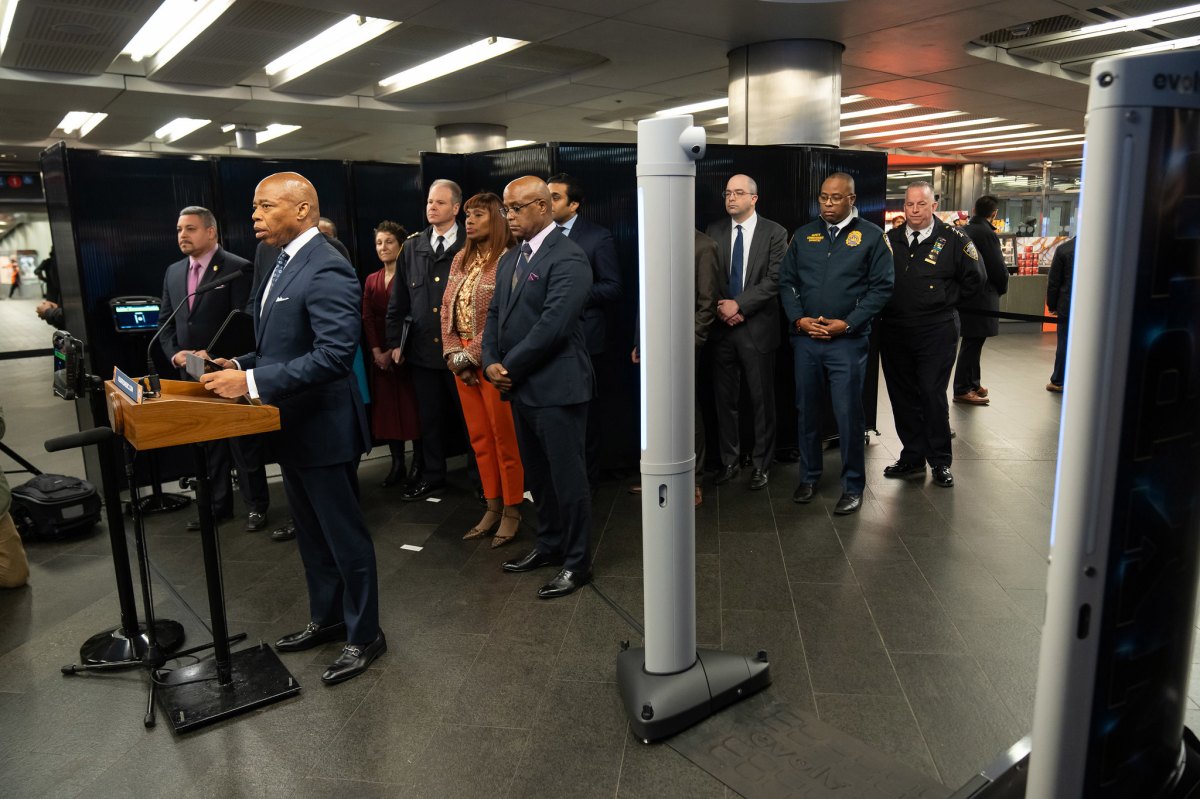A college education is an investment in one’s future, whether that education is from a community college, a four-year university or graduate school. A college graduate will typically earn more money over the course of his or her lifetime than a person without a college degree.
Unfortunately, the cost of going to college is becoming more and more expensive each year and figuring out how to pay for it is not easy. For most people, savings, grants and scholarships are not enough to cover all the costs, and many young adults resort to taking out student loans to fill the gap of college costs.
Before taking the leap and signing any papers for a student loan here are some key facts on the various types of loans that are out there today.
Student loans fall into two categories, namely federal loans and private loans.
FEDERAL LOANS
Federal loans are subject to oversight and regulations by the federal government. They include the following:
FEDERAL
(1) Subsidized Federal Stafford loans are based on financial need.
The federal government will pay the interest on the loan while the student is still in college. Payment on the loan is due six months after the student graduates, stops attending school or drops below half-time status. The interest rate for the 2010-2011 academic year on a Subsidized Stafford loan is 4.5 percent. Undergraduate students may borrow up to $4,000 per academic year and up to $20,000 in total. Graduate students may borrow up to $6,000 per year with a cap of $40,000.
(2) Unsubsidized Federal Strafford loans are not based on financial
need. The student is responsible for all the interest from the time the loan is disbursed to the time the loan is repaid in full. The student does, however, have the option to defer paying interest until six months after graduation or six months after dropping below half-time status. If this option is taken, the interest is accrued and added to the principle loan balance and interest begins to accrue on the new principle loan balance. The student will essentially pay interest on interest, which can be costly. The interest rate for the 2010-2011 academic year on a Unsubsidized Federal Strafford loan is 6.8 percent.
FEDERAL PERKINS LOANS
Federal Perkins loans are low-fixed-interest-rate-educational loans funded by the federal government and administrated by the school. The loans are awarded to undergraduates and graduate students who have exceptional financial need. Students are not charged any fee (origination fees) to take out the loan, and there is a 10-year repayment period. The interest rate for the 2010-2011 academic year is 5 percent. The federal government pays all the interest while the student is in school and repayment begins nine months after graduating, leaving school or dropping below half-time status. Even though a Perkins loan is a federal loan, repayment of the loan is made directly to the school.
FEDERAL PLUS LOANS
The Federal Plus Loans are not based on financial need. Parents of dependent undergraduate students who are enrolled at least half time may take out the loan. The loan allows a parent to borrow the total cost of undergraduate education in order to supplement the student’s financial aid package and is paid back by the parent. Federal Plus Loans have a fixed interest rate of 8.5 percent and are subject to passing federal guidelines for credit worthiness. Repayment of the loan generally begins 60 days after the funds have been completely disbursed. The parent has up to 10 years to pay off the loan. Interest accrues immediately on the loan and payments will include both interest and principle. Parents are charged a 4 percent fee to take out the loan, which is made up of a 3 percent origination fee and a 1 percent federal default fee.
All federal student loans require that the students fill out a FAFSA
(Free Application for Federal Student Aid) application. The FAFSA
is a free form from the federal government that is used to collect a student’s personal and financial data. For information about FAFSA and Federal Financial Aid, visit https://www.fafsa.ed.gov/.
PRIVATE STUDENT LOANS
Private loans are another source of funds to pay for college. Private lenders like commercial banks typically offer these loans. These loans are generally used when government based and/or parent loans do not provide enough aid to cover the cost of college. Standard features on such loans include flexible repayment options and greater loan limits. Unlike federal loans, private loans do not require students to fill out a FAFSA application. These loans generally have higher fees and interest rates and do not offer opportunities for cancellation or loan forgiveness that are available on many federal loan programs.
When the need to take out a private student loan becomes a necessary,
compare agreements offered by lenders and see which ones would be most appropriate for you. Ask about the interest rate, the flexible repayment options and the application fees.
Taking out loans for your college education is a worthy justification for debt; however, it is a serious long-term financial commitment. It is important that you understand the various loans options that are available so you can choose the ones that are best suited for you.
Remember loans must be paid back on a timely basis. When you stay on top of your student loan, you will avoid paying late fees, extra interest costs and protects your credit rating.
Vicki Kasomenakis, CPA, CFP is an assistant professor in the Business Department at

































